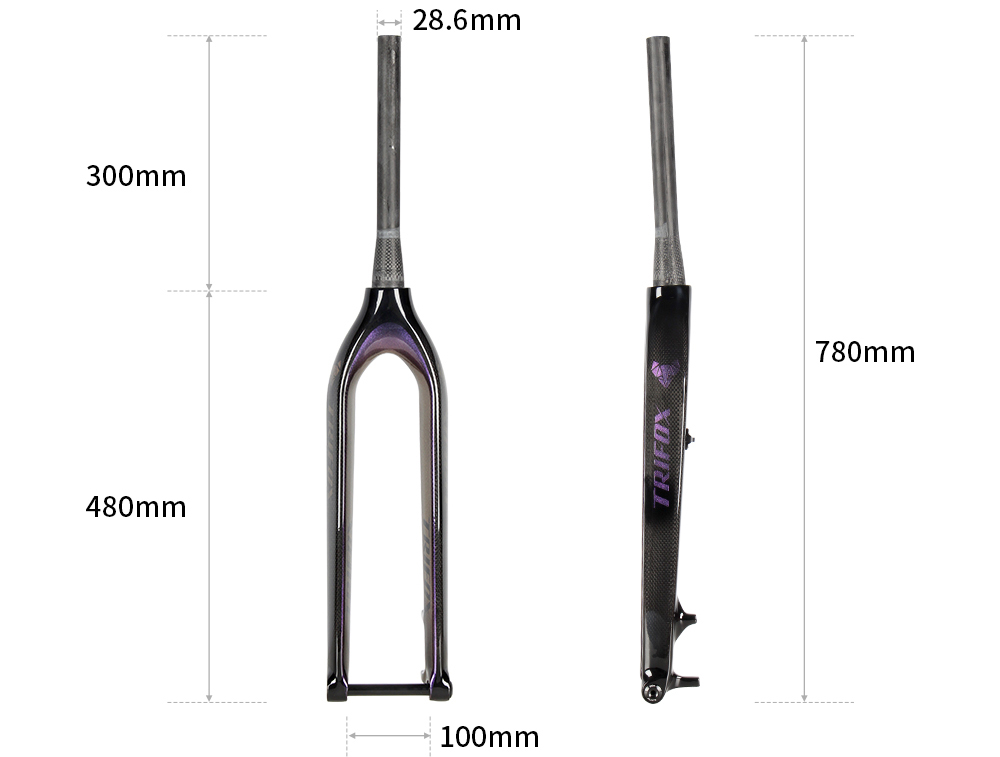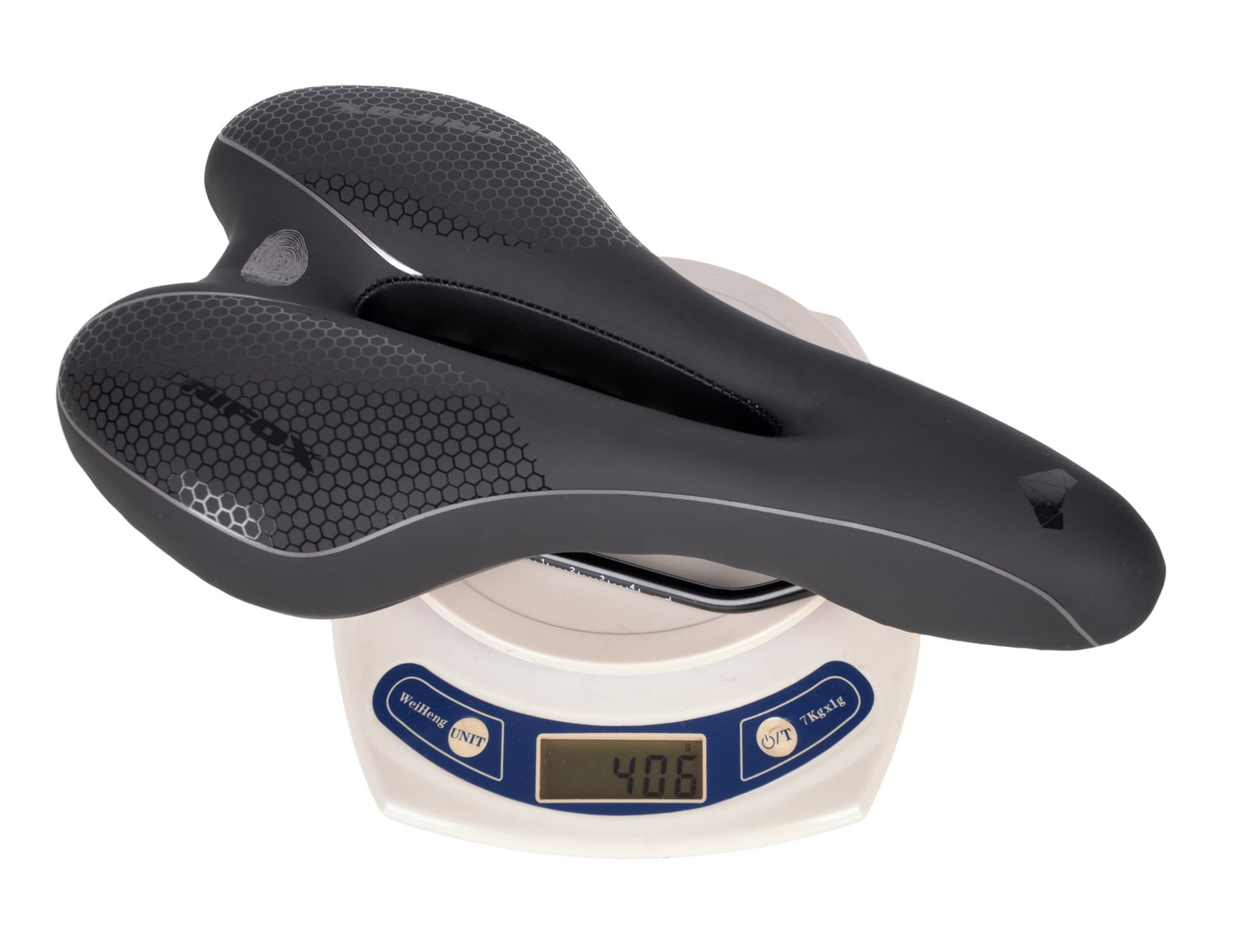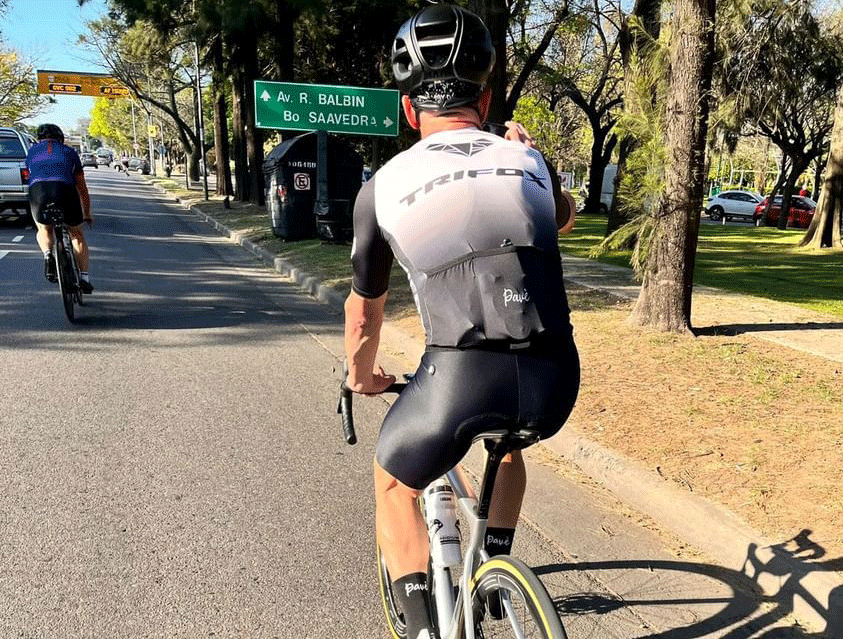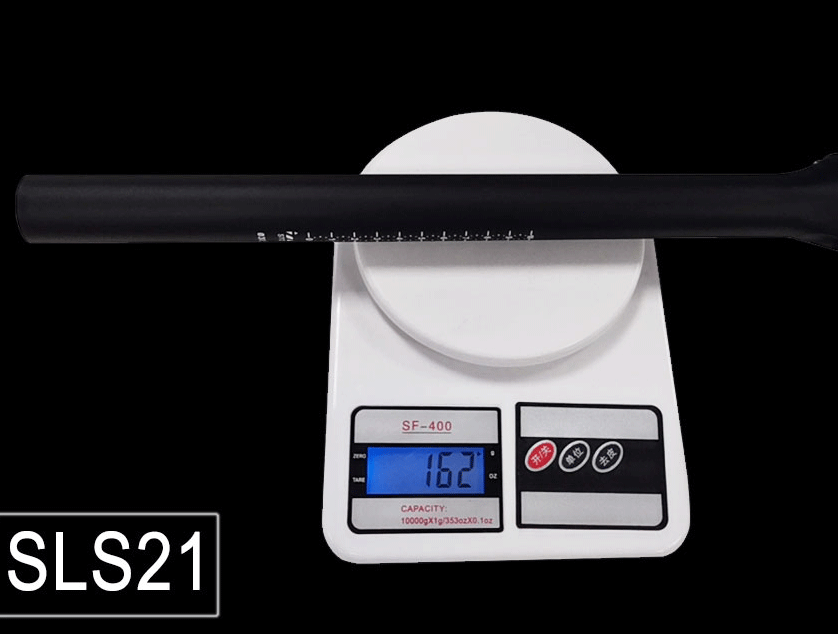Exercising in winter can improve the body’s ability to adapt to cold conditions, making the body strong and less likely to get sick than ordinary people. But for some people with delicate respiratory tracts, the dry and cold outdoor air in winter often ruins their outdoor exercise plans.
In fact, as long as you pay attention to some basic breathing methods during exercise, you can well protect your respiratory tract from dry and cold air during winter exercise.

It is best to breathe through the nose when exercising outdoors
When doing physical exercise in winter, you should consciously control the breathing rate, and the breathing rate should not exceed 20-30 times per minute.
The breathing rate can reflect the exercise capacity of the human body. For those who have just done outdoor exercise, a too-fast breathing rate often indicates that the exercise intensity is too high.
In winter, the air itself is relatively dry, and breathing too quickly will cause a greater burden on the respiratory system and increase the incidence of pneumonia and bronchitis.
When doing outdoor sports in winter, it is best to breathe through the nose. There are abundant blood vessels and more secretory glands in the nasal mucosa. When the cold air passes through the nasal cavity, it can keep warm and moisturize, so as to avoid cold, dry, or Dust and disease-causing microorganisms being inhaled into the lungs.

Even if you can’t breathe through your nose completely when you exercise with high intensity, you should adopt a combination of mouth and nose breathing, or slightly roll the front of your tongue and stick it to your palate, so as not to directly irritate your throat and lungs with cold air.
Deepen exhalation to relieve discomfort
When exercising outdoors in winter, you should pay attention to adjusting your breathing style. Especially for those who have just started exercising, their own respiratory system, blood oxygen supply capacity, and activity of the whole body are poor.
If the exercise intensity is too large, the frequency of breathing will often increase, and more superficial breathing will occur. If this continues, the inhalation depth will be greater than the exhalation depth during exercise, which will lead to chest tightness and difficulty breathing for a long time.
At this time, you should adjust your breathing method and exhale more deeply, which will improve your breathing state and reduce the discomfort caused by winter sports.




















































































